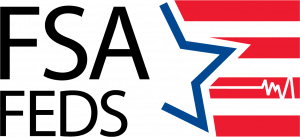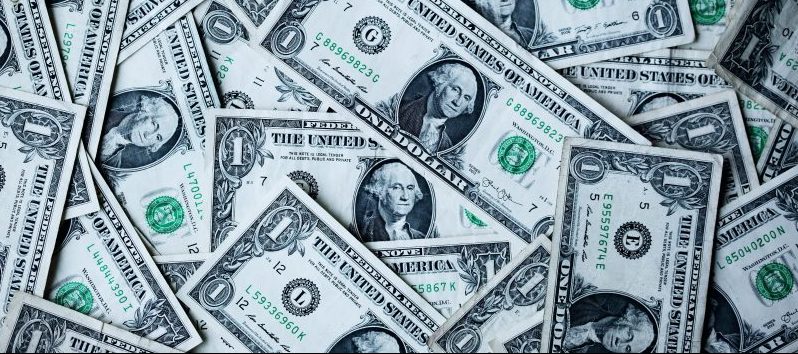For federal employees, the Federal Flexible Spending Account Program (FSAFEDS) is one of the simplest ways to put more money in the bank each year.
Although there are different types of FSAs, the basic concept is the same: You can pay for certain types of qualified expenses using pre-tax dollars, that is, using money deducted from your paycheck before taxes are taken out.
As simple as it sounds, it can make a big difference. For example, let’s say you earn $50,000 a year and that you anticipate having $2,000 in out-of-pocket health care expenses that are not covered by your health plan.
By having that money deducted pre-tax, you are lowering your taxable income, which is used to determine both your federal income and Social Security taxes. The lower your taxable income, the less taxes you will pay. In this example, assuming you were paying 25% federal and 7.65% FICA taxes, you would save $529.
Think about it: You know you’re going to have those $2,000 in expenses. Just by having that money deducted from your paychecks, you can recoup 26% of those expenses through tax savings.
To see how an FSA would work for you, check out the FSA Savings Calculator offered by FSAFEDS.
Therefore, this is why in a recent survey, nearly one in five employees ranked their Flexible Spending Account (FSA) as among their top three most important employee benefits.
Three Ways to Save
Most federal civilian employees can sign up for FSAs through FSAFEDS (although a handful of agencies offer their own FSA programs). FSAFEDS, administered by HealthEquity, offers three types of accounts:
A Health Care FSA (HCFSA) pays for the qualified medical expenses not covered or reimbursed by your federal health plan.
A Limited Expense Health Care FSA (LEX HCFSA), open to employees who are enrolled in a high-deductible health plan and a Health Savings Account, only covers dental and vision care services and products that meet the IRS definition of medical care.
The Dependent Care FSA (DCFSA) pays for eligible child care or adult dependent care expenses that are necessary to allow you or your spouse to work or your spouse to attend school full-time. It also pays while you or your spouse look for work. However, it does not pay for medical care for your dependents.
By participating in FSAFEDS, eligible employees of government agencies will be able to:
- Pay for doctor visits, prescription drugs, surgery, massage therapy, glasses and contacts, menstrual care products, masks, hand sanitizing wipes (with 60%+ alcohol base), and other qualified expenses with a HCFSA.
- Carry over all unused funds in their 2021 HCFSAs or LEX HCFSA when they re-enroll in a 2022 HCFSA or LEX HCFSA.
- Pay for private sitters, child day care, adult day care, preschool, nanny services and other qualified expenses with a DCFSA.
- Take advantage of the DCFSA grace period by submitting claims for expenses incurred from January 1, 2022 – March 15, 2023.
- Enroll in the LEX HCFSA if enrolled in an HSA-qualified high-deductible health plan, allowing them to be reimbursed by the FSA account for eligible dental and vision expenses that are not paid or reimbursed by an insurance plan.
Employees can enroll in FSAFEDS during the annual Federal Benefits Open Season through December 13, 2021.
To learn more about how you can begin saving money, visit FSAFEDS.






Leave a Reply
You must be logged in to post a comment.